‘Inu-Oh’, Masaaki Yuasa’s Medieval-Rock Anime Saga
Acclaimed anime studio Science SARU's 2022 feature film reimagines the traditions of feudal Japan into rock-opera.
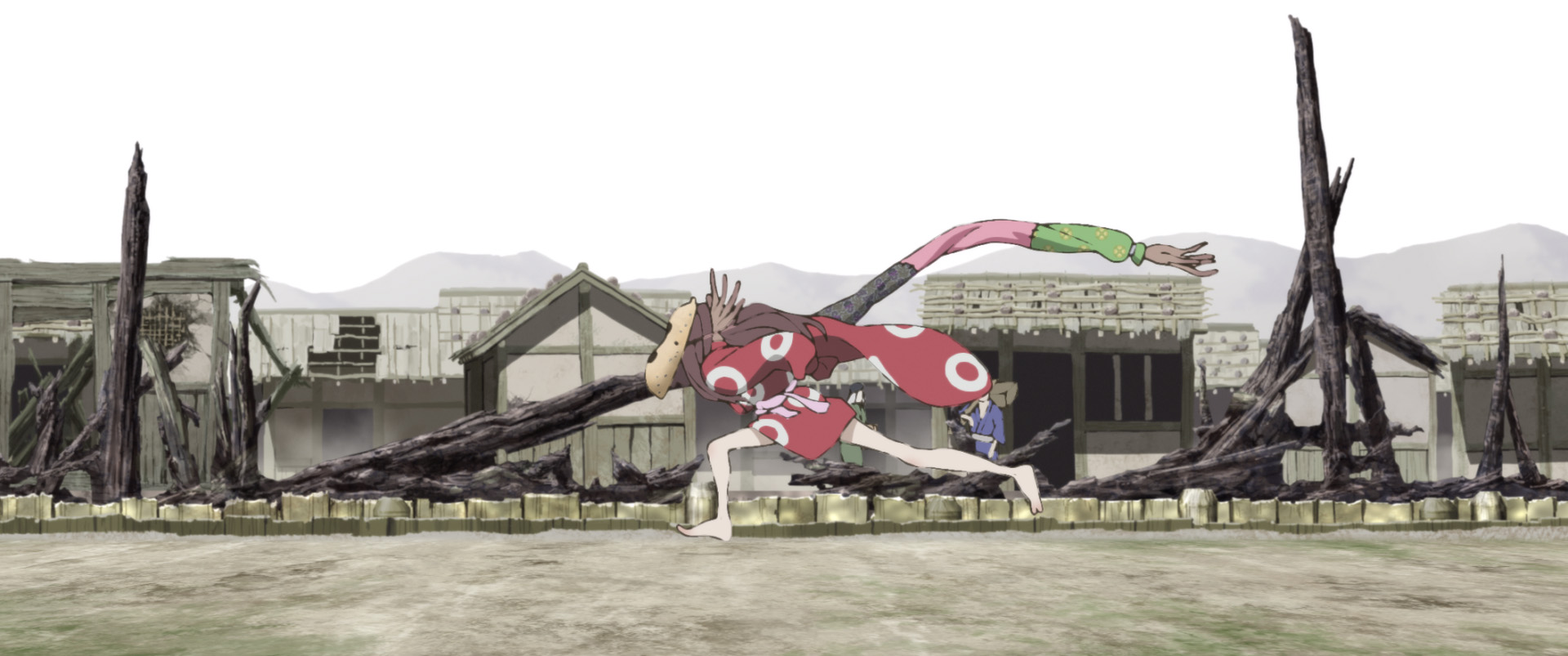
© 2021 ‘Inu-Oh’ Film Partners
As political turbulence lingered centuries after Heian-Era’s civil wars taking place in the 12th century, many blind story-telling priests travelled across the country with biwa lutes searching for the truth behind the decline of the once flourishing Heike clan. Masaaki Yuasa’s animated film Inu-Oh tells the story of one named Tomona and his encounters with Inu-Oh, a masked boy whose mutant form proves an extraordinary dancing talent.
Going against the current shogunate government’s conservative artforms, the two create a radical performance which shocks all witnesses—using spectacular heavy-rock production, they perform a story overturning the shogunate’s narrative, inspiring medieval peasants and aristocrats, as much as contemporary audience enjoying Inu-Oh since its premier at the 78th Venice International Film Festival. Based on novelist Hideo Furukawa’s modern adaptation of medieval texts, the film reinterpretes Japan’s classical history into kaleidoscopic animation—the result is a a rock-opera epic shaking up the distant past.
Metal in the Middle Ages
In true manner of Science SARU—the studio behind international hits like Devilman Crybaby (2018) and Japan Sinks: 2020 (2020)—Inu-Oh’s wild visual experimentation is strikingly unique. Amidst a demanding industry which often streamlines its techniques, Masaaki Yuasa’s ever-changing depictions are like a project to explore the true boundaries of expression in themselves.
As Inu-Oh’s musical intervals escalate, each animated frame shifts and explodes between hand-drawn illustrations and 3D techniques, juxtaposing medieval court music with heavy-metal biwa riffs or J-rock vocals, and traditional colour palettes with a vibrant sense of pop-psychedelia. Inu-Oh essentially revisits narratives fundamental to Japanese culture and portrays its definitive moments to an international audience, but the film pulses with the quirks of contemporary Japanese media culture as it has evolved over the last decades. Just like Tomona and Inu-Oh’s artistic battles against the shogunate, Masaaki Yuasa’s out-of-the-box approach equally questions what it means to bring an illustration to life in spite of the weight of history.
Dance of the Damned
Like the other recent Science SARU produced medieval epic The Heike Story, Inu-Oh reboots one of the greatest classics of Japanese literature, The Tale of the Heike (Heike Monogatari), whose authorship stems from scattered oral histories arising since the late 12th century. With music at its core, the story is steeped in the aesthetics of an era where the country’s deeply engrained cultural elements derive.
The ritualistic traditions of Noh and Kyogen performances are depicted in their monolithic beauty, while the folk art of Sarugaku (‘monkey music’)—a kind of circus that was actually performed by a real historical figure named Inu-Oh—is developed through the protagonist’s impromptu performances. Delivered with expressive detail, traditional references collide humorously with eccentricities of a modern globalised Japan, in Visual kei flairs or hiphop choreography, alongside the openly queer expressions of its protagonists. Tomona and Inu-Oh’s musical narrative revolves around how history is written and how certain truths are censored. Delivered in flying colours and heavy-rock theatrics, a time-honoured classic is reawaken to demonstrate the emancipatory powers in music and art.
Inu-Oh (2022), an animated feature film directed by Masaaki Yuasa and released by GKIDS.
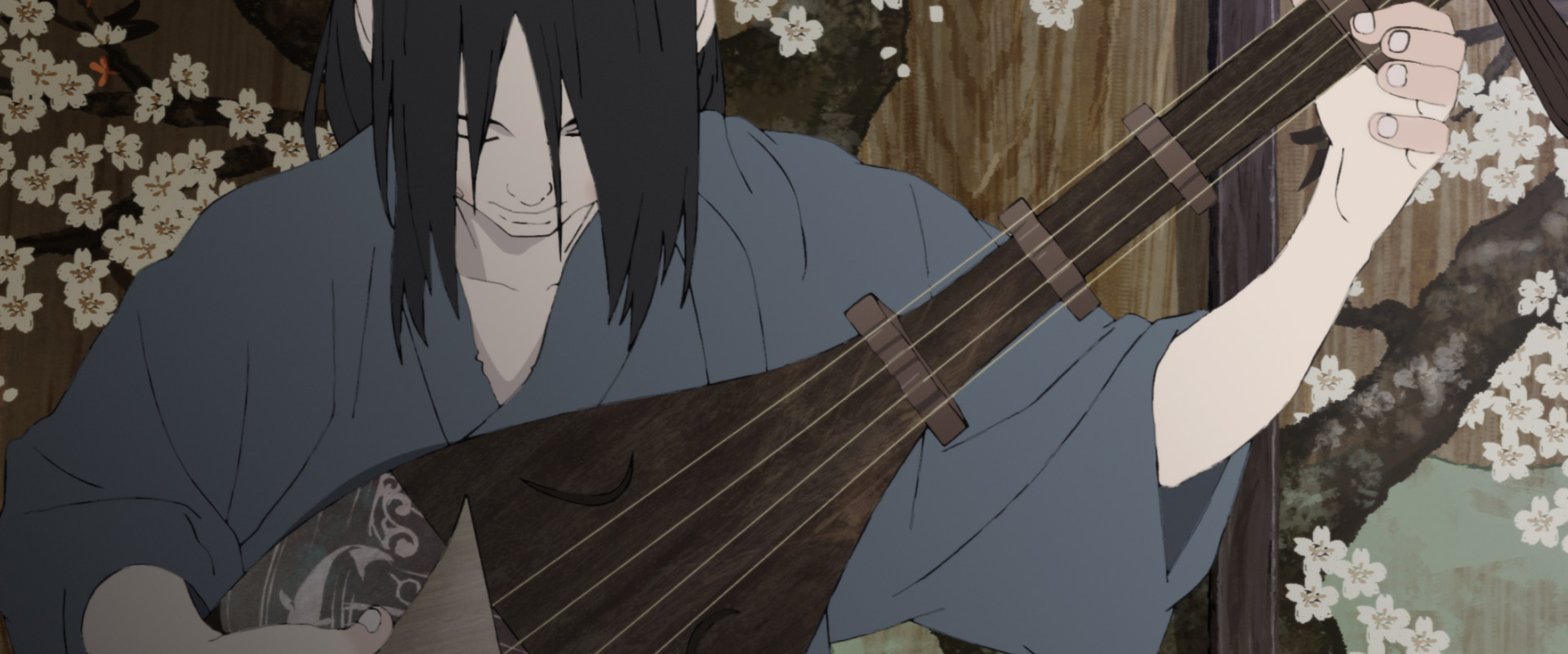
© 2021 ‘Inu-Oh’ Film Partners
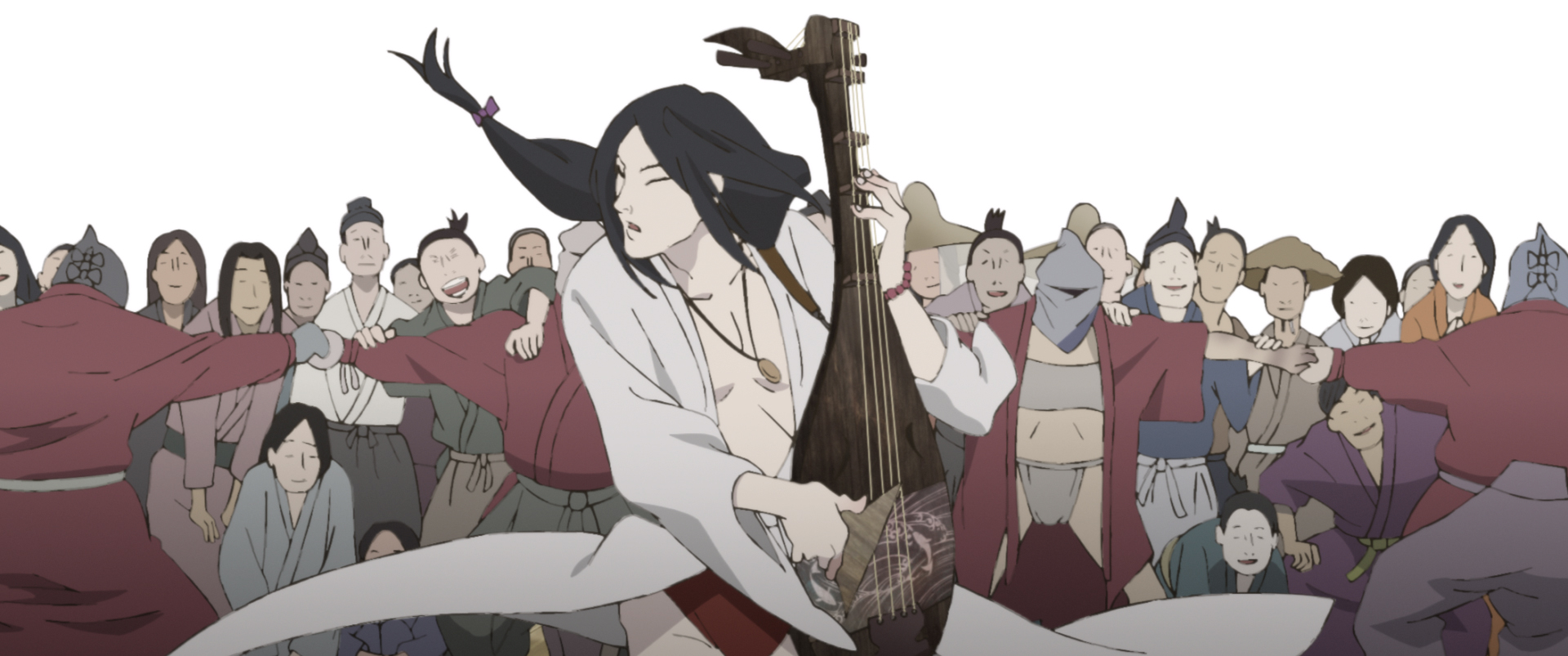
© 2021 ‘Inu-Oh’ Film Partners
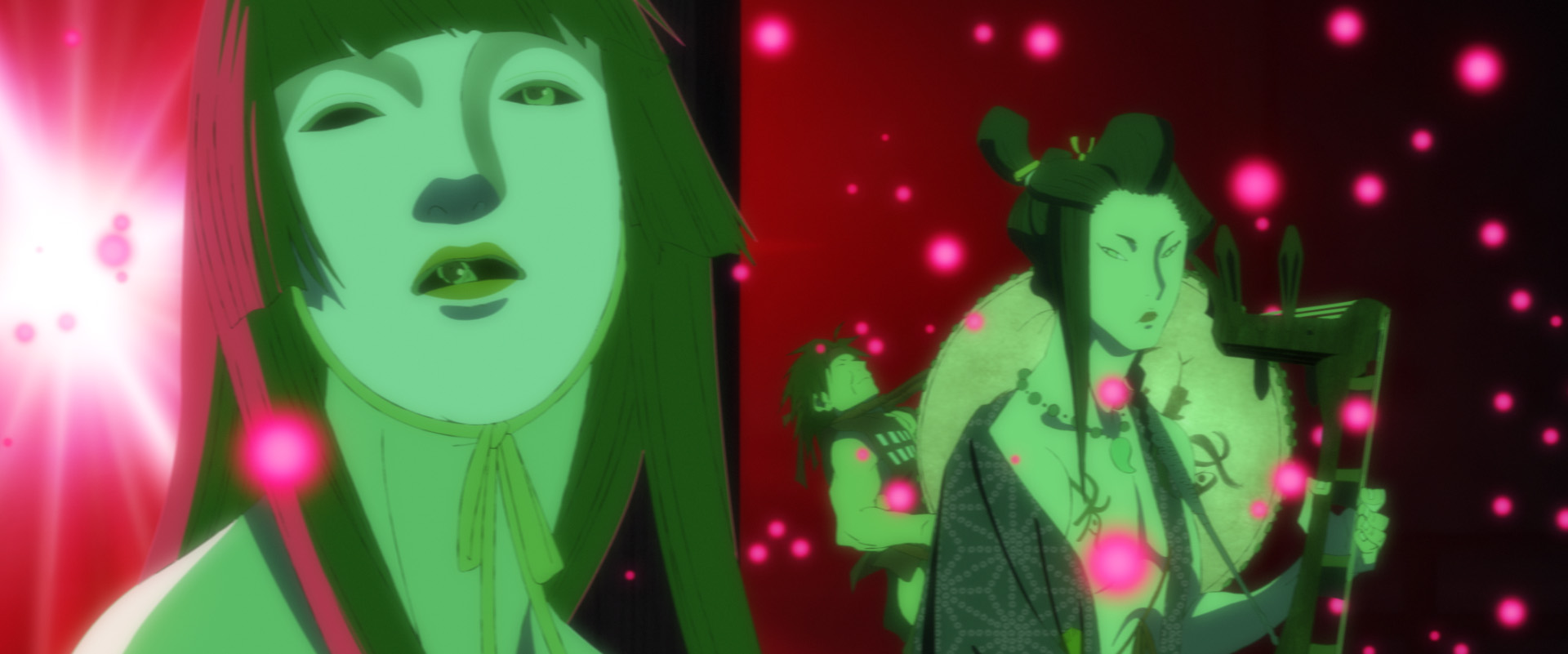
© 2021 ‘Inu-Oh’ Film Partners
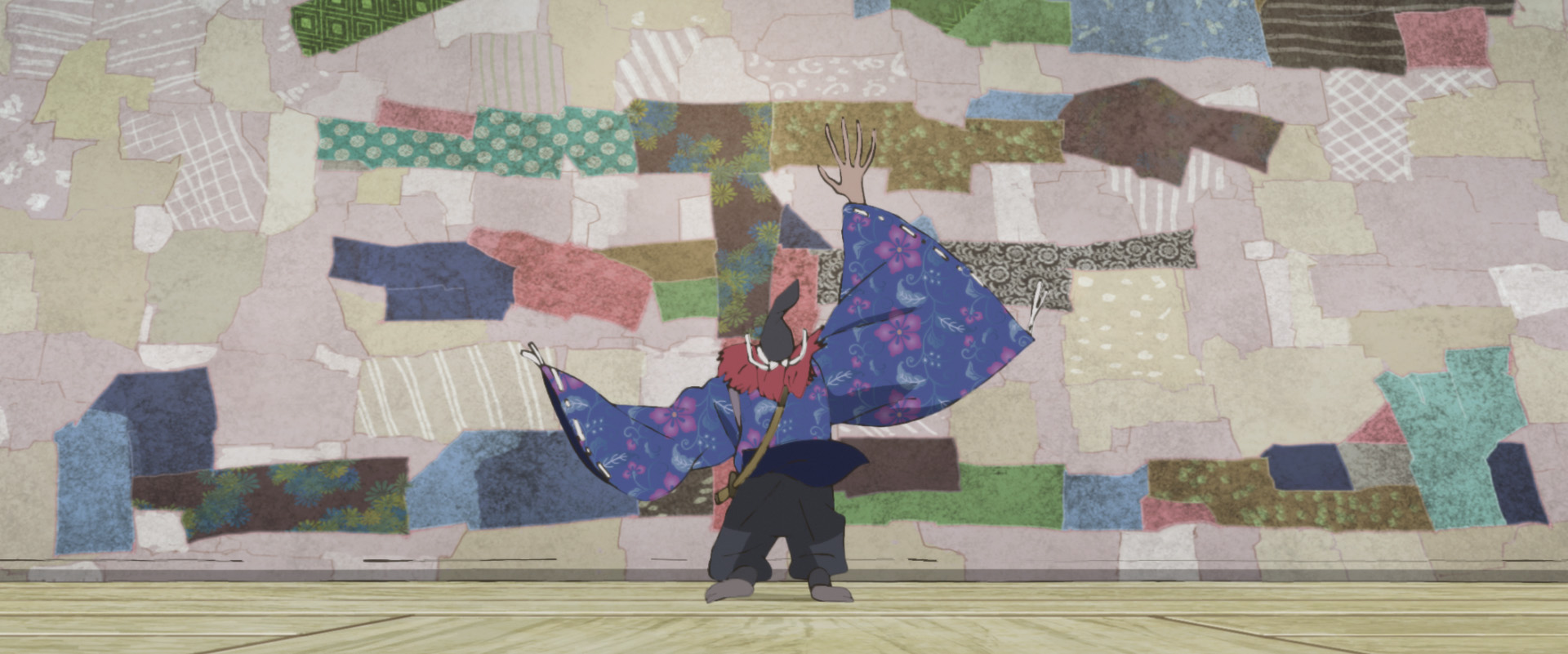
© 2021 ‘Inu-Oh’ Film Partners
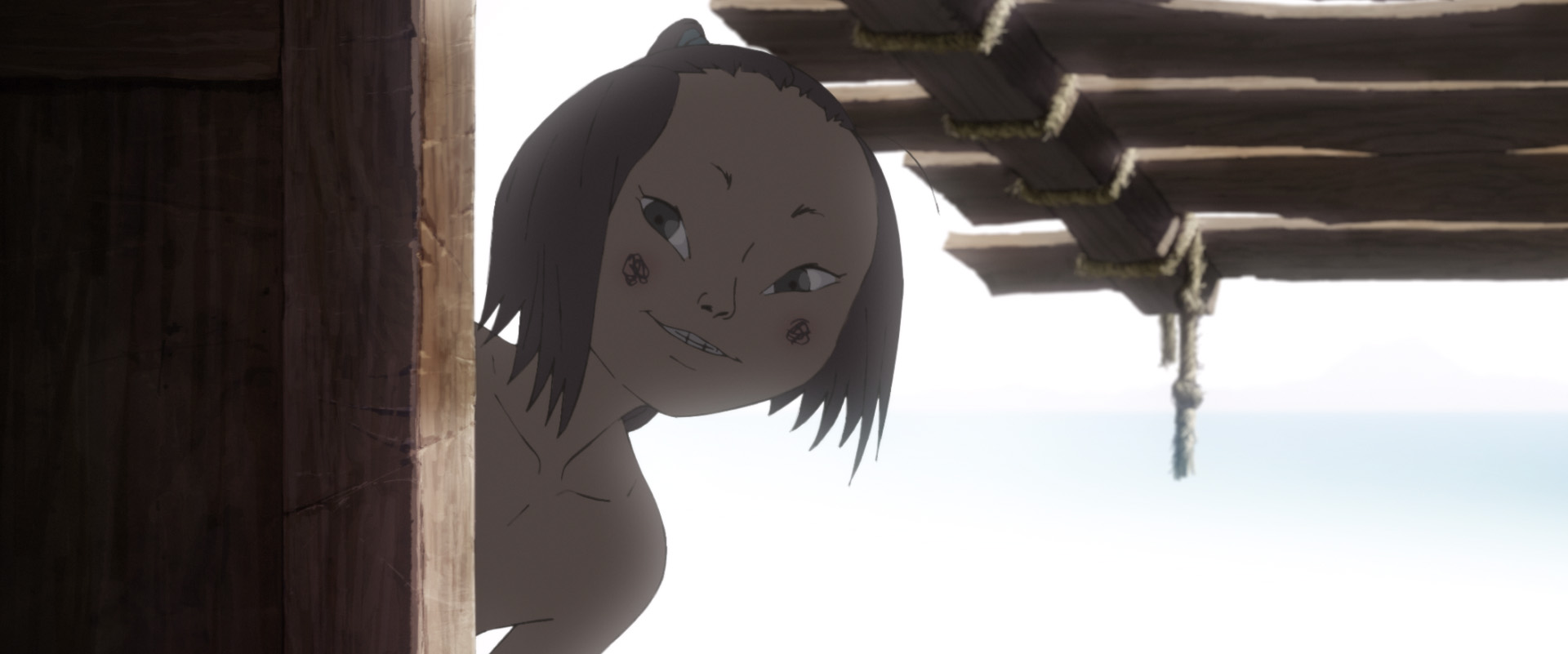
© 2021 ‘Inu-Oh’ Film Partners
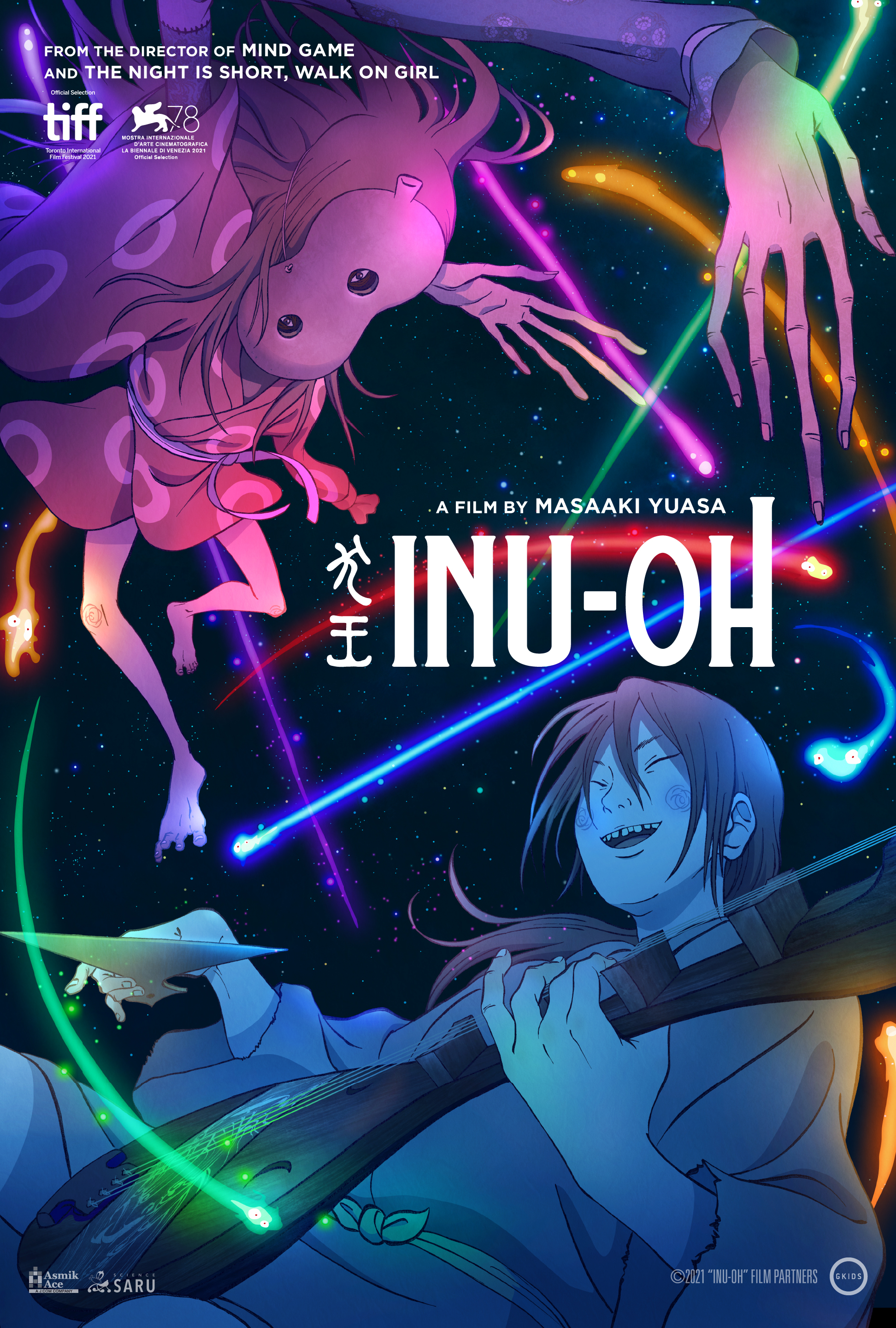
© 2021 ‘Inu-Oh’ Film Partners
TRENDING
-
The Tattoos that Marked the Criminals of the Edo Period
Traditional tattoos were strong signifiers; murderers had head tattoos, while theft might result in an arm tattoo.

-
Paris, Tokyo: Robert Compagnon
With his co-chef and talented wife, Jessica Yang, Robert Compagnon opened one of the top new restaurants in Paris: Le Rigmarole.
 3:31
3:31 -
Chiharu Shiota, Red Threads of the Soul
Last year, more than 660,000 people visited the retrospective 'Chiharu Shiota: The Soul Trembles' exhibit at the Mori Art Museum.

-
‘Before Doubting Others, Doubt Yourself. Who Can Truly Say a Dish Isn’t What It Used to Be?’
In ‘A Non-Conformist’s Guide to Surviving Society’, author Satoshi Ogawa shares his strategies for navigating everyday life.

-
The Story of Sada Yacco, the Geisha who Bewitched Europe
Described by Dazed magazine as the first beauty influencer, she has been restored to her former glory since 2019.





